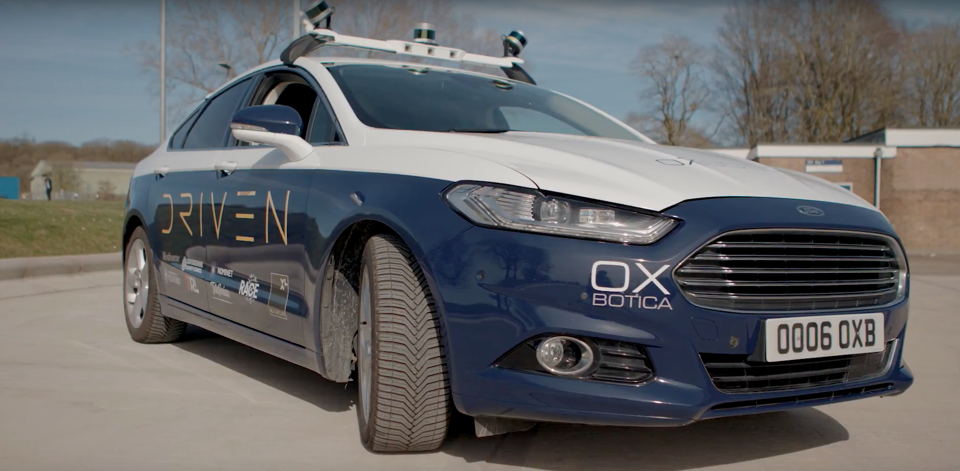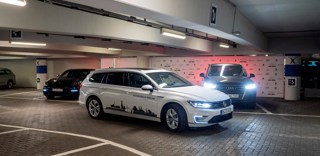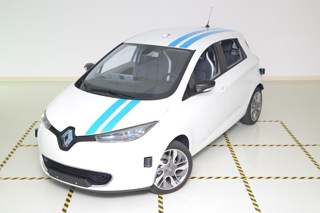Driven, a consortium researching autonomous vehicles, has made its first public demonstration of its work with two cars driving autonomously at its headquarters at the RACE Building at the Culham Science Centre in Abingdon.
A 2014 Ford Fusion hybrid and a 2017 Ford Mondeo hybrid both used their array of sensors and onboard computers and cameras to navigate the site, encountering pedestrians, cyclists and other traffic.
Driven has been partly funded with an £8.6 million Government grant designed to stimulate the development of new technologies. The project will see a fleet of Level 4 autonomous vehicles being deployed in urban areas and on motorways, culminating in multiple end-to-end journeys between London and Oxford in 2019. By operating at Level 4 autonomy a vehicle has the capability of driving itself most of the time without any human input.
The Driven consortium is made up of companies including Besides Oxbotica, the Oxford Robotics Institute, re/insurer XL Catlin, Nominet, Telefonica O2 UK, Transport Research Laboratory, the UK Atomic Energy Authority’s RACE, Oxfordshire County Council, Transport for London and Westbourne Communications.
Graeme Smith, Driven project director and Oxbotica chief executive, said: “This is a significant landmark in the development of vehicle autonomy, which has always been about more than simply self-driving.
“This public trial demonstrates that our technology is able to share data and information that vehicles are then able to use to plot more effective routes, avoid potential hazards, and anticipate conditions more effectively. This will have huge implications on the way autonomous vehicles will operate and how the future of road travel in the UK looks, improving safety, efficiency and productivity.”
Paul Newman, co-founder of Oxbotica and director of the Oxford Robotics Institute, said the demonstration shows that the UK is at the forefront of next generation travel.
He said: “We hope and expect that the technology that Driven is developing will be adopted by vehicle manufacturers all over the world as the first wave of autonomous vehicles, as the public imagines them, comes to market.
“Our work on display here today could revolutionise people’s lives, and the UK will get to share in an industry that could be worth billions in the years ahead.”
Driven’s fleet of vehicles can currently be seen conducting urban trials around the streets of Oxford. By Q3 2018 the fleet will be six-strong. The wide-area road testing of the fleet is due to start in late-summer 2018 across a range of environments including low-speed urban and higher speed long distance motorway driving.
A key opportunity for the consortium and one of its members, global re/insurer XL Catlin, is to create a risk assessment tool to enable the user of the autonomous vehicle to make decisions about what level of autonomy and speed is appropriate for a wide set of driving conditions, and a new insurance proposition for autonomous vehicles.
By 2019, the consortium plans to have developed a risk assessment tool that automatically processes a range of data from both the vehicle and external sources that surround it, for example traffic control systems.



















Login to comment
Comments
No comments have been made yet.